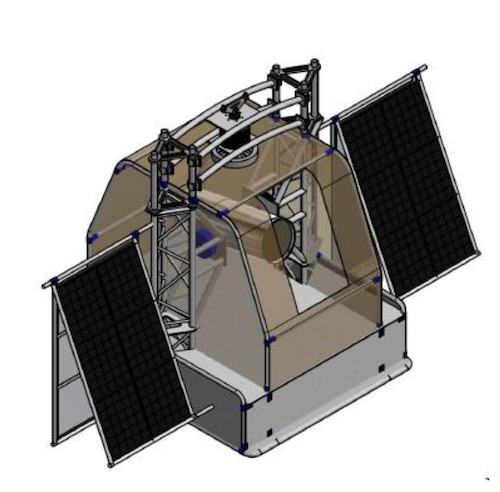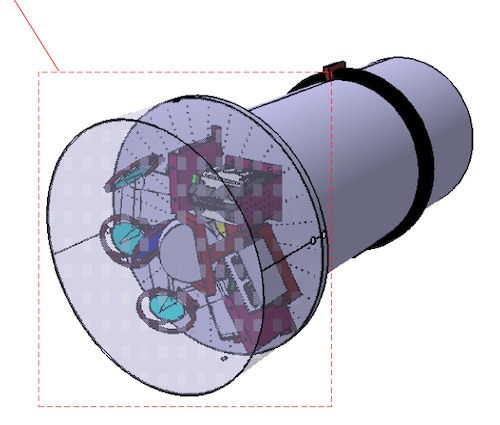The STUDIO UV astronomy mission: a step towards a european ballon observatory
- 1University of Stuttgart, Stuttgart, Germany
- 2Instituto de Astrofisica de Andalucia, Solar System, Granada, Spain
- 3Swedish Space Corporation, Solna, Sweden
- 4IAAT, Universität Tübingen, Tübingen, Germany
- 5Max-Planck-Institut für extraterrestrische Physik, Garching, Germany
For most astronomical measurements, observations in the ultraviolet (UV) at wavelengths below ~320 nm are not possible from the ground because of atmospheric extinction by the atmosphere. Early on, observers started using stratospheric balloons as relatively flexible and affordable means to access ultraviolet wavelengths, thus overcoming most atmospheric limitations.
Balloons offer a flexible and affordable alternative to space telescopes, with short development times and comparably good observing conditions in many wavelength ranges. Yet, the entry burden to use balloon-borne telescopes is high, with research groups typically having to shoulder part of the infrastructure development as well. Aiming to ease access to balloon-based observations, we present the concept of a community-accessible balloon-based observatory, the European Stratospheric Balloon Observatory (ESBO). ESBO aims at complementing the current landscape of scientific ballooning activities by providing a service-centered infrastructure for broad astronomical use, performing regular flights and offering an operations concept that provides researchers with a similar proposal-based access to observation time as practiced on ground-based observatories.
The STUDIO (Stratospheric Ultraviolet Demonstrator ofan Imaging Observatory) mission consists of the development and construction of a versatile prototype gondola (figure 1) and telescope (figure 2), which shall perform technology tests as well as deliver first scientific results from astronomical observations during its maiden flight planned for 2021. Its main optical payload includes a 50 cm aperture telescope to the back of which the Telescope Instruments Platform (TIP) will be attached. STUDIO is the prototype mission and the first objective of the research infrastructure project ESBO DS.

Fig 1: Mechanical Gondola Structure
The TIP will include a primary instrument for the ultraviolet to cover a scientific wavelength interval from 180 nm to 330 nm, as well as visible instrument to cover a complementary spectrum up to 1000 nm.

Fig 2: Studio Telescope and Telescope Instrument platform
Two science cases motivate the UV scientific part of STUDIO, namely: (1) The observations of exoplanets hosting stars and (2) UV observations of planetary atmospheres
Technically the prototype will aim to:
- Demonstrate the maturity of critical technologies (e.g. safe landing and recovery)
- Demonstrate a next-generation UV instrument on the prototype
- Ensure the availability of a prototype instrument for scientific use after the end of ESBO DS
How to cite: Taheran, M., Duffard, R., Maier, P., Colin, A., Pahler, A., Bougueroua, S., Conti, L., Mueller, T., Lockowandt, C., Ortiz, J. L., Ångerman, M., Hanke, L., Janson, O., and Stelzer, B.: The STUDIO UV astronomy mission: a step towards a european ballon observatory, Europlanet Science Congress 2020, online, 21 September–9 Oct 2020, EPSC2020-429, https://doi.org/10.5194/epsc2020-429, 2020

